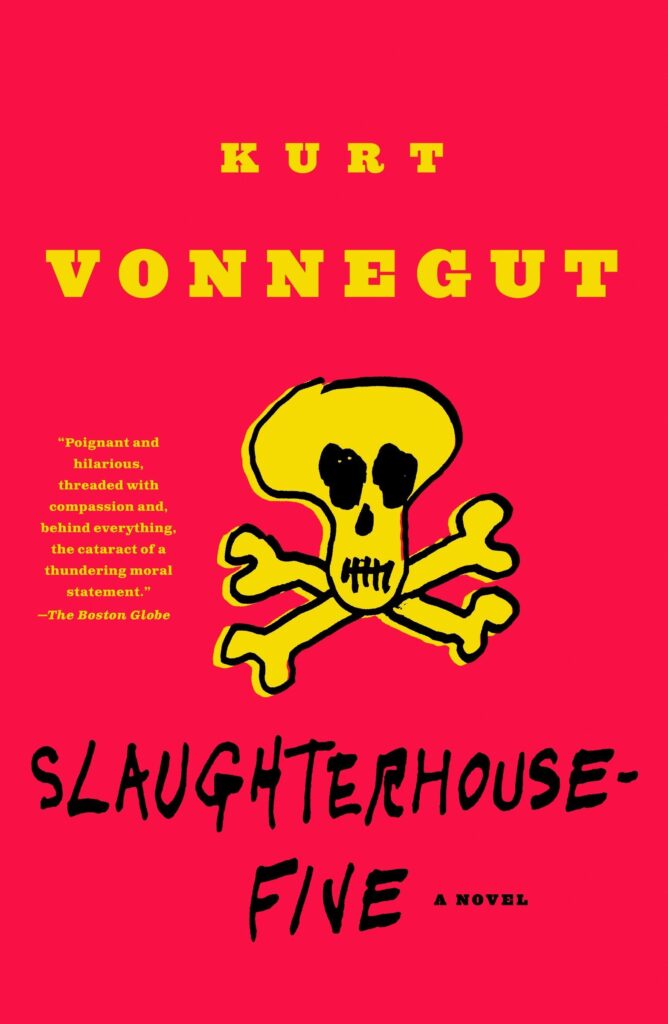
Irony is when the opposite of what you expect to happen or what you mean to say actually happens or is said. It‘s often used in writing to create humorous or sarcastic effects. For example, if you say, “I love doing my taxes,” that‘s ironic because no one actually loves doing taxes, except accountants and maybe your weird Uncle Greg.
To truly master the art of irony, we must understand its underlying principles and how to use it to our advantage in various writing situations. So, buckle up, and let’s explore the world of irony and its diverse applications!
What is Irony in Writing?
Irony comes in many forms, but the essence of irony is the contradiction between what is expected and what actually happens. Irony is a witty twist, when the unexpected happens or words convey the opposite of their literal meaning, sparking surprise and amusement in the reader.
Irony can be a powerful tool for grabbing readers’ attention, evoking laughter, or encouraging critical thinking.
There are three main types of irony:
- Verbal irony: When a speaker says something but means the opposite, often for a humorous or sarcastic effect. For example, saying “Oh, great!” when something terrible has happened.
- Situational irony: When there’s a discrepancy between what is expected to happen and what actually occurs. For example, a fire station burning down.
- Dramatic irony: When the audience knows something the characters do not, creating tension or humor. For example, in Shakespeare’s “Romeo and Juliet,” the audience knows that Juliet is not truly dead, but Romeo does not, leading to tragic consequences.
Now that we have a basic understanding of irony, let’s delve into how to use it effectively in our writing.
Crafting Irony: Techniques for Unleashing Its Power
1. Embrace the Unexpected
The key to creating situational irony is to subvert your readers’ expectations. Set up a scenario that seems to be headed in a predictable direction, and then flip the script. This can create humor, shock, or even provoke deeper thought about societal norms and expectations.
2. Master the Art of Understatement
Verbal irony often relies on understatement to communicate the opposite of what is being said. This can be as simple as using phrases like “not bad” to mean “excellent” or “no big deal” to downplay a significant event. The key is to strike a balance between subtlety and clarity, ensuring that your readers understand the intended meaning.
3. Play with Word Choice
Puns, double entendres, and other forms of wordplay can add layers of irony to your writing. Look for opportunities to use words or phrases with multiple meanings or connotations, and use these to create humorous or thought-provoking situations.
4. Utilize Dramatic Irony to Build Tension
In fiction, dramatic irony can be an excellent way to create suspense and engage readers emotionally. By revealing information to the reader that the characters are unaware of, you invite your audience to become more invested in the story and anticipate the consequences of the characters’ actions.
Applying Irony in Different Writing Situations
Irony can be a versatile tool that works well in various writing contexts. Here are some examples of how to apply irony in different types of writing:
Fiction
In fiction, irony can be used to create humor, build tension, or reveal character flaws. For instance, you can use situational irony to show a character’s hubris or naïveté, or employ dramatic irony to heighten the stakes of a conflict.
Nonfiction
Irony can be used in nonfiction writing to make a point, challenge conventional wisdom, or offer a fresh perspective. For example, you might use irony in an op-ed piece to draw attention to a societal issue by highlighting the absurdity of a particular situation.
Poetry
Irony is a common element in poetry, allowing poets to explore complex themes, evoke emotion, and challenge readers’ perceptions. In poetry, irony can be used to create vivid imagery, establish a distinct tone, or deliver a surprising twist at the end of a stanza or poem. For example, a poem might initially present a seemingly idyllic scene only to reveal an underlying darkness or contradiction through ironic imagery or wordplay.
Satire
Satire often relies heavily on irony to criticize or comment on societal issues, politics, or human nature. In this context, irony can be used to expose hypocrisy, mock authority figures, or highlight the absurdity of certain situations. Satire can be found in various forms, including essays, cartoons, and even television shows, and often employs a combination of verbal, situational, and dramatic irony to drive its message home.
Social Media
Irony can also be employed effectively on social media platforms to engage audiences, make a point, or simply entertain. In this context, irony might take the form of sarcastic tweets, meme captions, or humorous commentary on current events. When using irony on social media, it’s essential to consider your audience and ensure that your message is clear to avoid misunderstandings.
The Importance of Striking the Right Balance
While irony can be an effective and versatile tool in a writer’s arsenal, it’s essential to use it judiciously. Overusing irony or relying too heavily on sarcasm can lead to confusion or alienate your readers. Additionally, in some situations, irony may not be the best choice, particularly if it risks trivializing serious topics or causing offense.
In conclusion, mastering the art of irony can greatly enhance your writing by adding depth, humor, and intrigue. By understanding the different types of irony and employing various techniques, you can create engaging and thought-provoking content that resonates with your audience. Remember to strike the right balance and use irony with intention, and your writing will undoubtedly flourish.
If you’re thirsty for more writing knowledge, head over here to learn all 74 literary devices.





